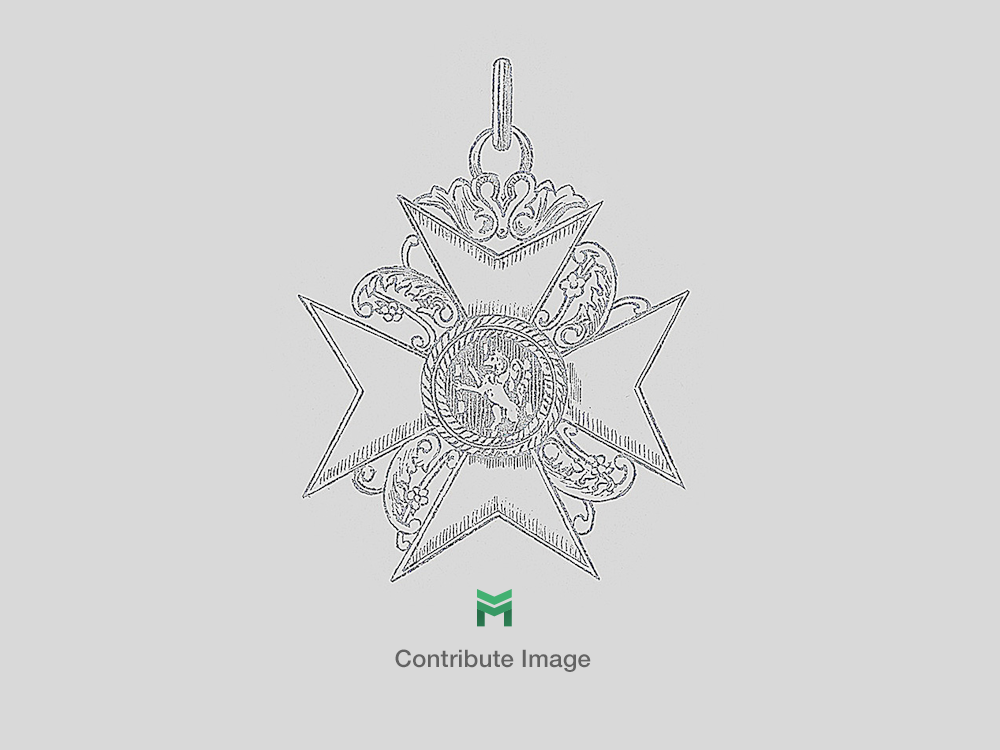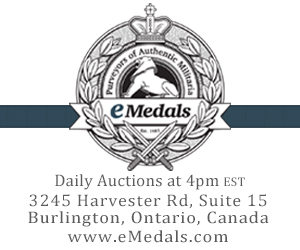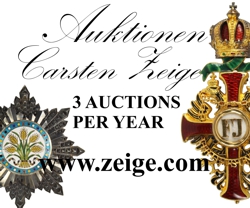Kriegsmarine Coastal Artillery Greatcoat
CATEGORY: Version
SKU: 21.GOR.02.01.02.003.000
Estimated market value:

Estimated market value:
The headgear, uniforms, and insignia worn by members of the Kriegsmarine were based upon the designs utilized by the Kaiserliche Marine (Imperial Navy) and the Reichsmarine (Navy of the Weimar Republic). The official regulations governing the uniforms of the Reichsmarine were issued on April 5, 1921, and they were embraced, with a few alterations, as the Kriegsmarine uniforms in 1935.
From 1933 to 1945, the uniforms worn by personnel in the German Navy were produced and disseminated by the Navy Clothing Depot and private manufacturers. The cloth was of a high quality prior to the Second World War, but during the war, it became increasingly synthetic and of lower quality. Similarly, the cloth used in the uniforms of Officers and Admirals was of a higher quality than the cloth used in the uniforms of lower ranking personnel, such as Non-Commissioned Officers and Enlisted Men. The cloth utilized in garments of the blue uniform is of an overall better quality than the cloth utilized in the field-grey uniform. For the field-grey uniform specifically, the cloth is more grey-coloured in pre-war uniforms, while the cloth is more green/olive-coloured in wartime uniforms.
The main colour of Kriegsmarine uniform pieces is a dark navy blue. However, during the summer months, and initially also in regions with warmer climate, a white summer uniform was used. Eventually, a brown tropical uniform was introduced for units stationed in tropical and subtropical regions. Land-based Kriegsmarine units, most of which were part of the Coastal Artillery, wore Army-like field-grey uniforms in the style of the Kriegsmarine.
The garments may have proof stamps, serial and unit stamps, and manufacturer marks denoting the legitimacy and origin of the item. They also tend to feature sewn name tabs (Namensläppchen) on all clothing items associated with the blue and field-grey uniforms. The blue uniform garments all have a serial number stamp (Stammrollennummernstempel), while the field-grey uniform garments have a unit stamp.
The proof stamp is present on all garments produced by the Navy Clothing Depot, and it includes the size of the item, if needed, with the year of manufacture above the size, and a surmounting script that reads “B.A.K.” or “B.A.W.”. This stamp information is framed, and written in white ink on blue or black garments and in black ink on all other colour garments.
The serial stamp is composed of letters and numbers, and it is present on blue uniform garments from the Depot. The stamp is either printed in red ink or sewn in red thread. The numbers are preceded by a letter that denotes the area in which the wearer served, with an “N” for Navy Station or an “O” for Navy Station Baltic. The stamp ends in a letter associated with the wearer’s career group, with an “S” for deck personnel and a “T” for technical professionals. Below the serial number is the year in which the wearer entered the navy, surmounted by a horizontal line.
The unit stamp is present on field-grey uniforms. It includes the framed, shortened unit name of the wearer in red ink.
The marks of private manufacturers vary widely, ranging from codes to full names, and even abbreviated letters, as well as the year of manufacture. After 1942, Reich numbers (Reichsbetriebsnummern) were also used as manufacturer marks (RB-).
The buttons worn on Kriegsmarine garments are generally gold-coloured, except for the uniforms of Officials which used silver-coloured buttons. The buttons feature the image of a fouled anchor on the obverse. The buttons are composed of brass, or of light metal. The gold-coloured buttons were gilded, while the silver-coloured buttons were silvered. As well, in the case of special uniform garments the buttons may be composed of plastic.
The Greatcoat (also known as Cloth Greatcoat, “Tuchmantel”) was worn with the blue and field-grey uniforms, and it is composed of high-quality cloth. This coat was permitted for wear by Officer ranks, including Officer Candidates and Warrant Officers, as well as high-ranking Senior Non-Commissioned Officers.
The coat is composed of several main elements, including the cloth body, which could be waterproof, the lapels, the lining, the fastening lapel buttons and the back buttons, the collar, and the rank insignia. Additional elements, such as a wool lining and thicker, heavier cloth were permitted changes to the greatcoat for winter use. These coats could also be worn with an accompanying belt, which was positioned between the 2nd and 3rd row of buttons from the bottom when present.
The body is composed of high-quality, navy blue or field-grey cloth, and the front and back of the coat are reinforced with badge cloth, prior to the Second World War, and basic cloth during the war. The front of the coat is made from two front panels; each panel features a row of six buttons. The buttons are gold-coloured on the blue coat and matte-silver coloured on the field-grey coat. The entire coat extends to halfway down the wearer’s calves. The back of the coat body is made from a single fabric section and features seven gold or silver matte-coloured buttons. It also has two, scalloped, decorative pocket flaps, below which an Officer could have dagger hooks privately added.
The rank of the wearer corresponded with the way in which the front lapels were worn. Admirals and Commodores, and Officials with equivalent rank had light/cornflower blue lapels that were worn open. The greatcoat was also worn with open lapels by Officer ranks while off-duty, but with the navy blue cloth. The lapels were worn completely closed by both Senior and Junior Officer Candidates and high ranking Senior Non-Commissioned Officers.
The lining of greatcoats produced by the Navy Clothing Depot only extends to the waistline. The lining of blue greatcoats is generally composed of cotton; dark-coloured cotton for the torso of the coats and stripped off-white cotton for the sleeves. Conversely, the lining of the field-grey greatcoats is generally made from field-grey twill. The greatcoats that were manufactured privately may feature lining that extends to the bottom of the skirt, and the lining may be composed of artificial silk. The lining of the front panels features two interior breast pockets.
The collar of the greatcoats was generally made from badge cloth and with an additional stiffener.
Another way through which the rank of the wearer was demonstrated on the greatcoat was via shoulder boards. They were attached to the sleeve seam of the coat by an anchor button. See the section for Shoulder Boards in the Uniform Insignia section for more information.

Comments
Sign in to comment and reply.


Scroll Top